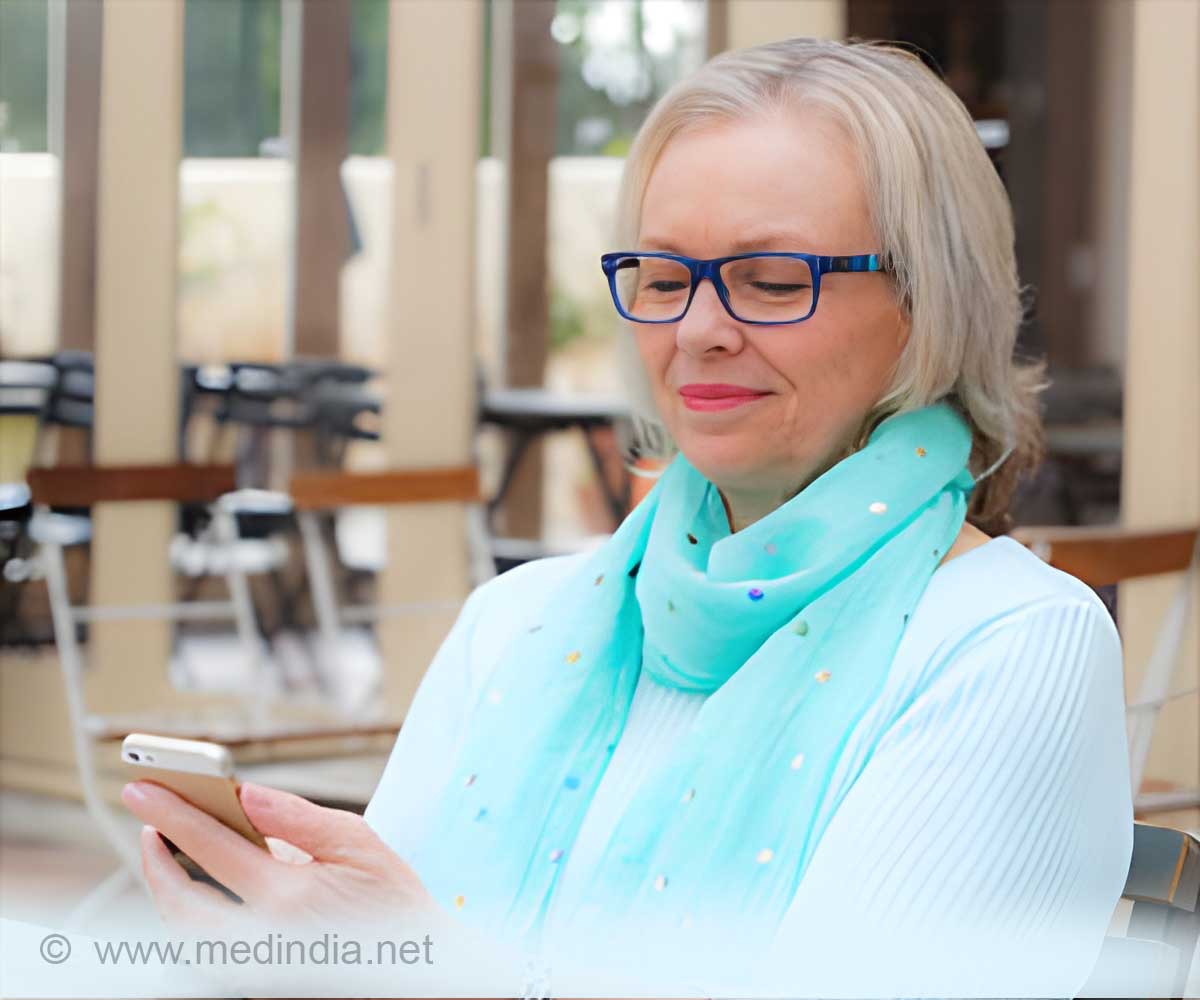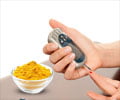Messages sent to one million phone users in India increases diabetes prevention and improves health behavior, according to study.

- One million people were sent phone texts about healthy living
- 40% increase in healthy behavior was witnessed
- Increase in consumption of fruits and vegetables
Diabetes in India
India is straddled under the weight of a considerable number of people suffering from diabetes, with millions at high risk for the disease.- Nearly 66 million people in India suffer from diabetes
- 7.1% of the population suffer from diabetes
- Indian Americans have a four times higher risk of developing diabetes when compared with Caucasians.
- Indians develop diabetes in their 30’s and 40’s, which is 10 years earlier than the onset for Americans.
This study utilizes text messages from mobile phones to influence people’s behavior. Diabetes is largely considered to be a lifestyle disorder so the text messages encouraged people to eat more fruits and vegetables, exercise a lot more and to eat less fat.
Study Population :
Arogya World’s mDiabates initiative was responsible for sending the text messages in India and it partnered with mobile company Nokia to send the messages during the year 2012-2013. The messages were sent in 12 different languages to people across India and 2 messages were sent every week. One million people opted to receive the messages and were also part of the study. The messages were sent for a period of 6 months.
Nalini Saligram who is the founder and CEO of Arogya World said "Noncommunicable diseases, one of the leading health and development challenges of the century, demand simple, proven, cost-effective prevention solutions that can be easily deployed at the population level. Our mDiabetes study suggests mobile health technology is a smart solution and has broad implications for diabetes prevention at the population level in low and middle-income countries."
Development of the Text Messages:
Study Design and Analysis:
The study’s lead author Angela Fidler Pfammatter from the Northwestern University Feinberg School of Medicine said “This shows the potential for even the most basic of mobile phones to be used as a viable tool to deliver public health messages on a large scale across a diverse population. And you just need a basic mobile phone. This can make an impact."
The results of the study were that there was improvement in healthy behavior in nearly 40% more people among the group that received the SMS than among the control group.
Highlights of the Study
- Text messages improved the health of individuals
- A simple tool like mobile messages were capable of lowering the risk for chronic diseases.
- http://www.eurekalert.org/emb_releases/2016-08/nu-t1m080416.php
- http://www.ncbi.nlm.nih.gov/pmc/articles/PMC3920109/













